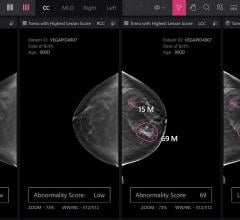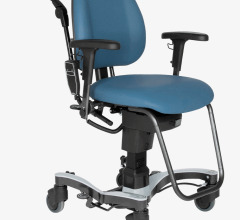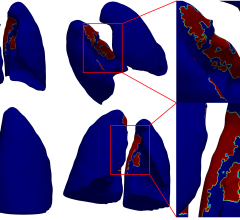November 4, 2010 - The U.S. Food and Drug Administration (FDA) is easing the path to market for mammography systems that produce computerized X-ray images of the entire breast. Those devices will now be included in class II.
These systems, known as full field digital (FFD) mammography systems, are an alternative to mammography systems that produce X-ray film.
When first approved by the FDA in 2000, digital mammography systems were categorized as a high-risk, or class III, device. Since then, they have been well validated by studies and the benefits and risks have been well described to physicians. Class II includes medium-risk devices.
“Our decision to reclassify these devices is consistent with feedback we’ve received from public discussions with appropriate medical and scientific experts as well as our stronger understanding of how these systems work,” said Jeffrey Shuren, M.D., director of the FDA’s Center for Devices and Radiological Health.
Companies must typically submit a pre-market approval application for a class III device, which requires proof of safety and effectiveness. Many class III devices involve new technology that has not been widely used.
Class I and class II devices pose lower risk. Class II devices require submission of a pre-market notification, or 510(k), to establish that it is substantially equivalent to a device already on the market.
For more information: www.fda.gov


 November 07, 2025
November 07, 2025 









